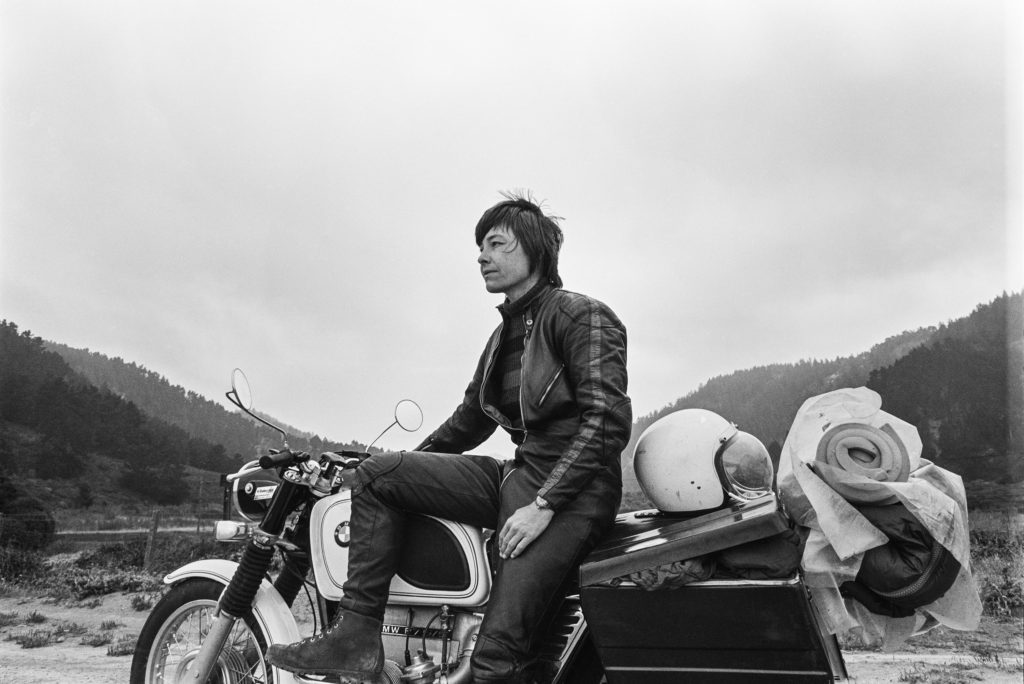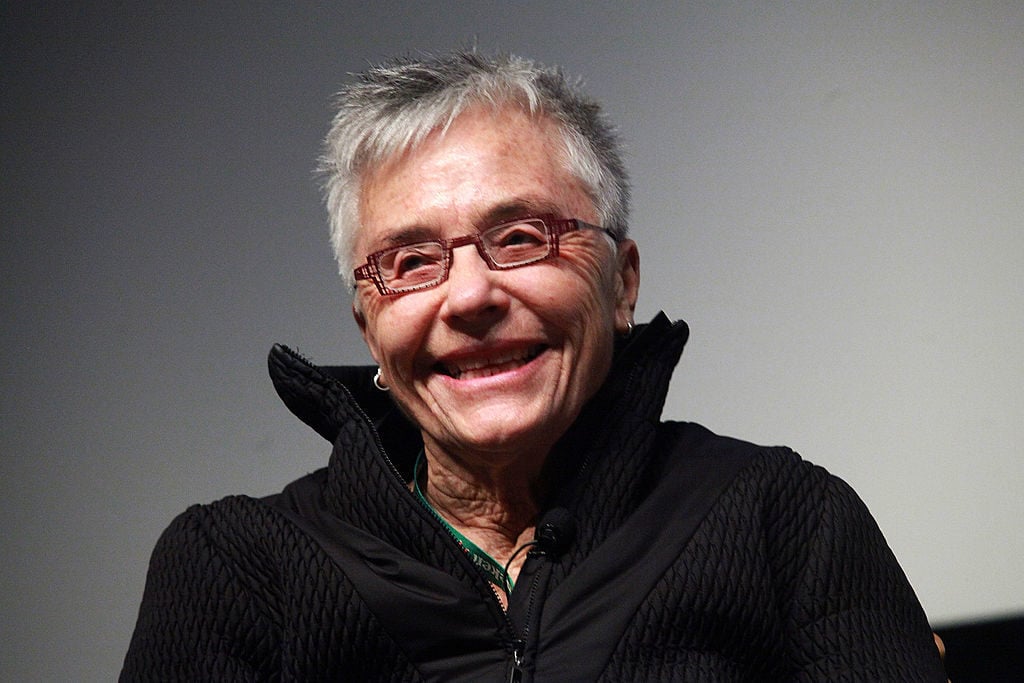People
Groundbreaking Artist and Filmmaker Barbara Hammer, Who Brought a Lesbian Gaze to Cinema, Has Died
The artist died on Saturday after a long battle with ovarian cancer. She was 79.

The artist died on Saturday after a long battle with ovarian cancer. She was 79.

Naomi Rea

Barbara Hammer, the artist and a pioneer of feminist and lesbian cinema, died on Saturday, March 16, after a 13-year battle with ovarian cancer. She was 79.
“This eye, now closed, changed us all,” the curator Stuart Comer, who co-organized a major survey of Hammer’s work at Tate Modern in 2012, wrote on Instagram after the announcement of her death. “Arguably the first openly lesbian filmmaker, Barbara Hammer radically repurposed cinema into a celebration of bodies and desires that was as unprecedented as the life that formed it. Her films are fearless, haptic, physical. They transcend the merely visual. Their radical embrace of cinema as a form of community and agency will keep moving us forward. Farewell BH, my heart hurts.”
Born in 1939, Hammer began making art in the late ’60s. Her work opened up conversations about gender, sexuality, the body, and death, and paved the way for a new kind of cinema made from a distinctly feminist and lesbian perspective. Her films, photographs, and performances carved out a space and a language for queer love and powerfully put formerly invisible bodies at the forefront.
Her breakthrough came in 1974 when she completed the film Dyketactics, which wordlessly depicts a group of nude women in a forest and is said to contain the first lesbian sex scene directed by a lesbian, devoid of the male gaze. (It is currently being restored by the Academy of Motion Picture Arts and Sciences along with more than 80 of her other films.) Created in her 30s, shortly after she came out and left her marriage, Dyketactics includes some 100 shots in just over four minutes, an example of Hammer’s signature aesthetic of superimposing images onto one other. She once called it “a popular lesbian ‘commercial.'”
During the 1980s, Hammer also made political work relating to the AIDS crisis, participating in activist happenings and creating the film Snow Job in 1986, which explored the media hysteria around the epidemic.
After her cancer diagnosis in 2006, Hammer homed in on aging, illness, and mortality in her work. She also created the Barbara Hammer Lesbian Experimental Filmmaking Grant, now in its third year, to support the continuation of the genre she pioneered.

Barbara Hammer in New York in 2011. Photo by Astrid Stawiarz/Getty Images.
In her final years, Hammer spoke often about death and her own forthcoming demise, aiming to normalize what has long been a taboo subject in the Western world. She was particularly outspoken about the right to die, a right she had hoped for herself, but which is not currently legal in New York, where she lived.
Last October, she performed The Art of Dying or (Palliative Art Making in the Age of Anxiety) at the Whitney Museum of American Art, in which she explored her art-making journey and addressed her desire for a “dignified” death. Her work will also be included in this year’s Whitney Biennial and will be the subject of exhibitions at Houston’s Contemporary Arts Museum in April and the Wexner Center for the Arts in Columbus, Ohio, in June.
In a recent “exit interview” with the New Yorker—a turn of phrase that itself captures both her humor and candor in speaking about death—Hammer said she was interested in chronicling the demise of her body: “That’s the biggest taboo that we don’t look at.”
Hammer is survived by her partner of 31 years, the activist Florrie Burke.